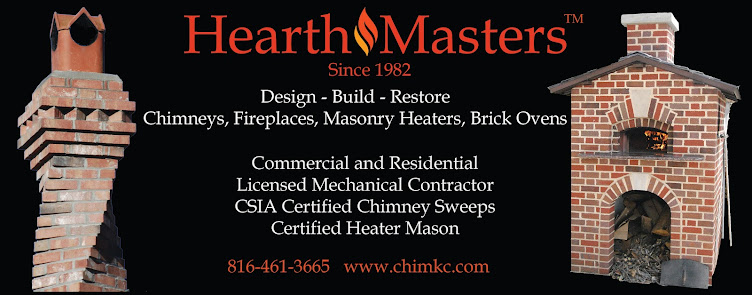Every household needs an alternative method of heating for when the power goes out. Believe me, as one who has gone through this it is no fun when you are freezing in your house because the electricity went out for days. During an ice storm in Kansas City a few years ago some people had no power for two weeks. Besides being extremely uncomfortable, pipes will freeze and leak as well, which no one wants to experience.
Gas furnaces need fans to work, so that is not an option. Gas heating stoves are an option - as long as gas is available. However, there is one tried and true heating method that has been around for thousands of years and that is cordwood.
Cordwood can be obtained by purchasing it, or better yet, if you have your own property with lots of timber you may harvest your own. There is a third option for obtaining wood and that is that you may harvest up to three cords of wood per season from National Parks. A fourth option is to check Craigslist for fallen wood that people want to be cleaned up at no charge.
.jpg) |
| Hampton wood-burning fireplace insert by Regency |
Why Wood?
- Wood-burning stoves and inserts work without the use of electricity or fans (unlike gas furnaces or pellet stoves). Fans are optional and are good to use to distribute heat when electricity is available.
- Wood stoves and inserts produce TWICE the amount of heat (BTU's) than gas stoves or inserts!
- Fuel is readily available either by using your own trees on site or purchasing through a firewood dealer.
- No electricity is needed for a wood stove or insert to work! In case of emergency when the power is out you'll be able to stay in your home instead of going to stay with friends or family or going to a hotel.
- With a freestanding stove you can cook on the top if needed.
 |
| Freestanding wood stove by Hampton |

.jpg)









